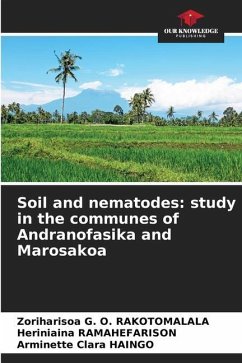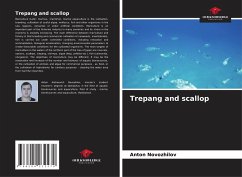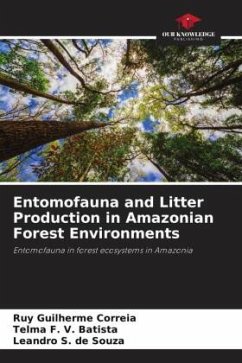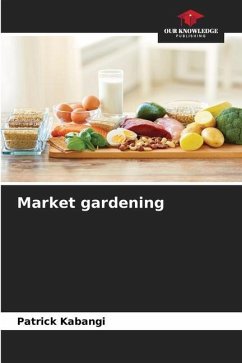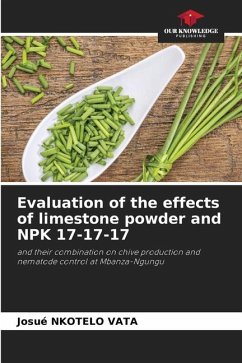
Effect of cultivation practices on two bioindicators in market gardening
Versandfertig in 6-10 Tagen
26,99 €
inkl. MwSt.

PAYBACK Punkte
13 °P sammeln!
Mahajanga is undergoing significant urbanisation, which goes hand in hand with an increase in the demand for food supplies. Market gardening is one of the responses to this demand. The market gardening areas are subject to increased land problems and the extension of the cultivable area is impossible. Production should therefore be increased through intensification. This intensification affects the soil biological community. In this work, nematodes and earthworms were studied to assess the effects of cultivation practices on the abundance of this soil fauna, as they are bioindicators of soil f...
Mahajanga is undergoing significant urbanisation, which goes hand in hand with an increase in the demand for food supplies. Market gardening is one of the responses to this demand. The market gardening areas are subject to increased land problems and the extension of the cultivable area is impossible. Production should therefore be increased through intensification. This intensification affects the soil biological community. In this work, nematodes and earthworms were studied to assess the effects of cultivation practices on the abundance of this soil fauna, as they are bioindicators of soil functioning. The market garden site chosen was Lake Betamango. Surveys and field observations were carried out. The average number of nematodes/m2 was 16,750, while the average number of earthworms/m2 was 16. Generally, all cropping practices and crop diversity had no influence on nematode abundance, except for ploughing succession, which showed a small difference. On the other hand, earthworm abundance is influenced by fertiliser inputs and ploughing succession.



